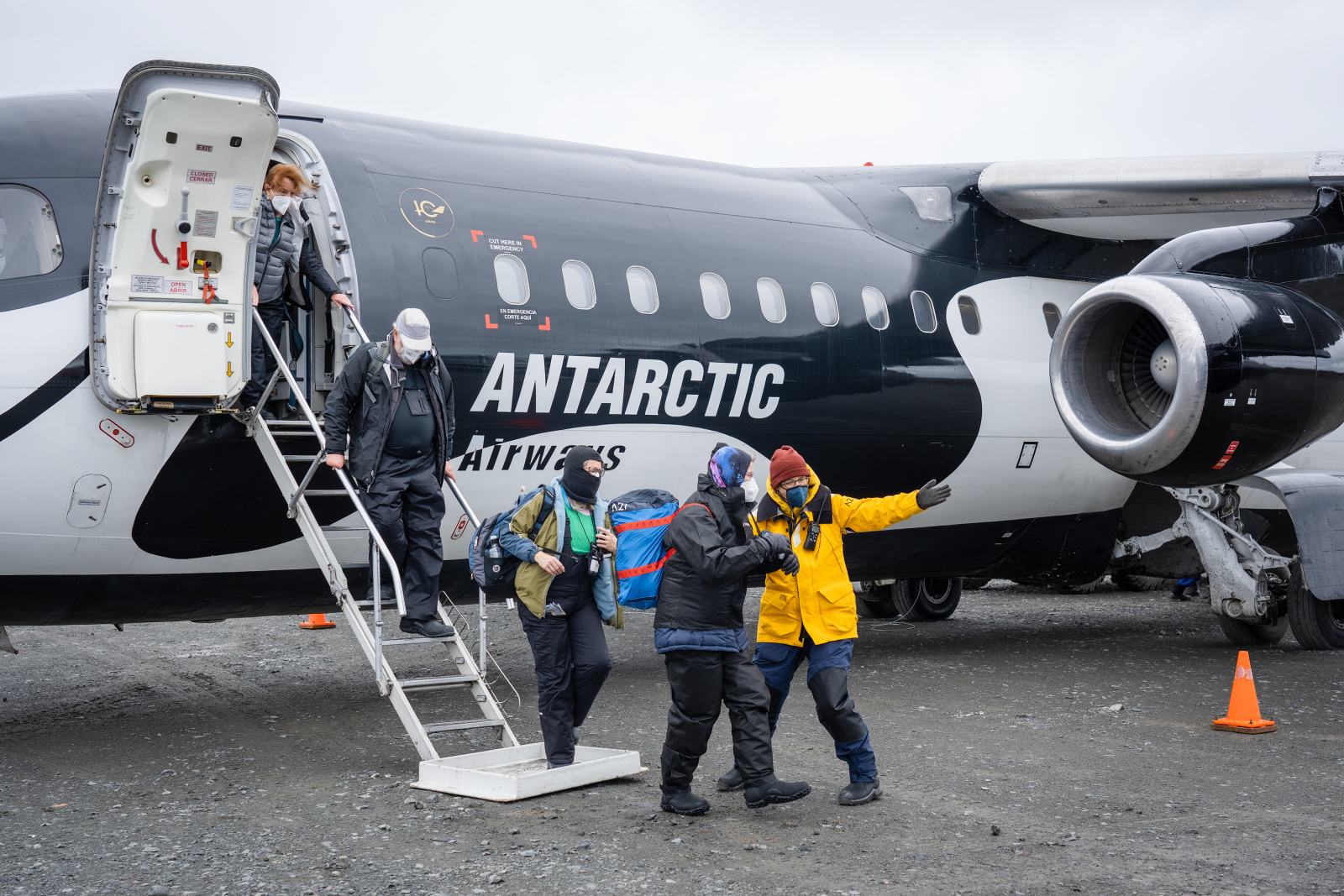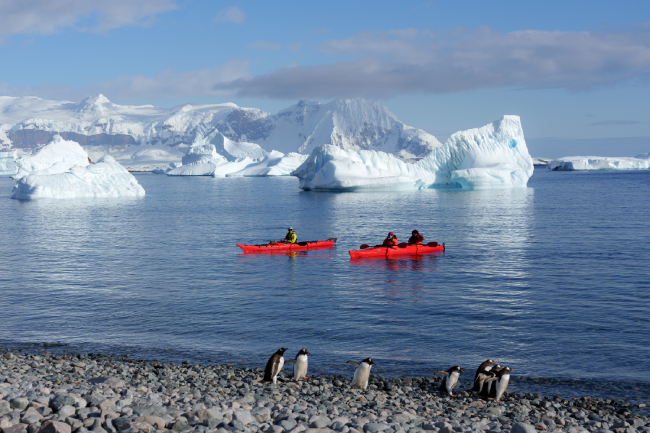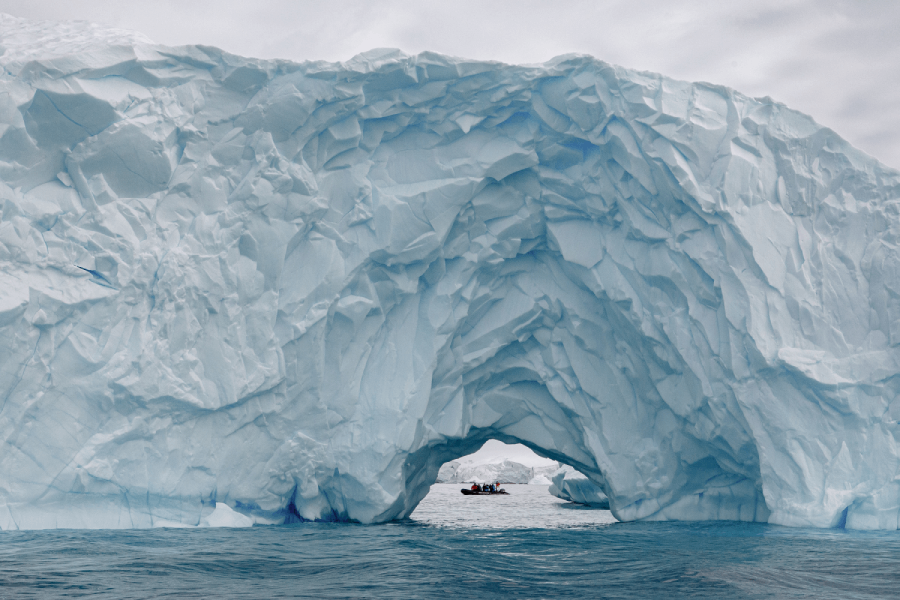Antarctica: a pristine snowy wilderness and a haven for wildlife enthusiasts. Immerse yourself in the exhilaration of witnessing some of the world’s most extraordinary species in their natural habitat, freely navigating the icy surroundings. Whether it’s the endearing sight of a penguin waddling towards its nest to nourish its adorable hatchlings or a pod of orcas gracefully darting through the ocean in pursuit of their next meal, an Antarctic safari promises an unforgettable experience. Embrace the unique thrill of observing these remarkable creatures amid the frozen beauty of the southernmost continent.
The Antarctic landscape stands in stark contrast to the African savannah or the Costa Rican jungle. Unlike an African safari, where hours are spent traversing dirt roads, your Antarctic experience involves cruising comfortably aboard a top-of-the-line ship with delectable food and warm drinks at your fingertips. Nevertheless, the abundance of wildlife and the thrill of capturing the perfect photograph are equally remarkable.
In Antarctica, a diverse array of wildlife awaits your discovery. While nature offers no guarantees, your captain and crew are vigilant for wildlife sightings, maximizing your chances of encounters. Here are the local ‘big five’ to include on your must-see list!
Humpback whales
Humpback whales reign as the most abundant baleen whales in the Antarctic Peninsula, and their presence is truly spectacular. Witness the awe-inspiring sight of these marine giants breaching the surface, showcasing their colossal bodies before gracefully diving back into the depths. Humpback whales are renowned for their hauntingly beautiful songs, which resonate through the icy waters. Depending on the conditions, you might even have the incredible opportunity to hear or feel the vibrations of their enchanting melodies!

Leopard Seals
Leopard seals, distinguished by their spotted coats, are certain to leave a lasting impression. With a length of approximately three meters, these creatures are ferocious and formidable hunters. If you are fortunate enough to witness one, observe how they employ their powerful jaws and sharp teeth to prey on smaller seals, fish, and squid, showcasing their prowess as skilled and efficient predators in the Antarctic waters.

Adélie Penguins
Adélie penguins are easily recognizable by their distinctive features, particularly the white rings encircling their eyes. Observing these charming creatures feels like stepping into a nature documentary. In their numerous colonies, undisturbed in their natural habitat, Adélie penguins exhibit endlessly entertaining and lively behaviors that surpass your wildest imagination. Witness them as they gather pebbles to construct nests, engage in playful thievery from other penguins, and even partake in comical scuffles, creating a delightful and immersive experience in the heart of their Antarctic environment.

Fin Whales
Fin whales, the second longest whales on the planet, can reach nearly 85 feet (26 meters) in length. Unfortunately, their survival was greatly threatened by overhunting in the 20th century, as their curious, friendly, and playful nature made them vulnerable targets. While a ban on whaling has contributed to their recovery, only a few hundred breeding pairs remain, making a sighting of these majestic creatures even more special. Witnessing fin whales in their Antarctic habitat offers a unique and poignant glimpse into the ongoing efforts to protect and conserve these remarkable marine beings.

Wandering Albatrosses
The wandering albatross, with an impressive wingspan of nearly ten feet or three meters, holds the title of the largest seabird species. Some individuals exhibit remarkable longevity, living over 60 years without ever touching land during the initial six years of their lives. Witnessing one of these majestic birds effortlessly soar through the crisp Antarctic air is truly awe-inspiring. Symbolizing resilience and adaptability in one of the most inhospitable environments on Earth, the wandering albatross serves as a poignant reminder of the incredible diversity and tenacity of life on our planet.

To discover more about the captivating wonders awaiting you in Antarctica or explore our Antarctica itineraries, don’t hesitate to reach out to an Ecoargentina travel specialist today! Our team is ready to provide you with detailed insights and help tailor your Antarctic adventure to create an unforgettable experience.














